The Story of Arsenal FC Kits: A Journey Through Tradition and Innovation
Few football clubs in the world are as instantly recognizable by their kit as Arsenal FC. The North London giants have not only built a rich history on the pitch, but have also created an iconic visual identity that has evolved remarkably over the decades. From wool to high-tech fabrics, from classic simplicity to bold experiments, Arsenal’s kits tell a fascinating story of tradition, innovation, and ambition.
The Birth of Red and White
Arsenal’s famous red and white colors date back to 1886 when the club was founded as Dial Square by workers at the Royal Arsenal munitions factory. The original kit was actually dark red — a nod to Nottingham Forest, who donated a set of jerseys to the fledgling club. It wasn’t until the 1930s, under the guidance of legendary manager Herbert Chapman, that the now-classic red shirt with white sleeves was introduced. Chapman believed the contrast would make players more visible on the pitch, and his innovation became a permanent and beloved part of Arsenal’s identity.
The Evolution Through the Decades
- 1930s–1950s: Arsenal’s kits maintained their clean, traditional look with minimal branding or design changes. Wool shirts, long sleeves, and heavy materials defined the era.
- 1960s–1970s: As football became more televised, kits became slightly more refined. Arsenal added small, discreet club badges. The team famously lifted the 1971 Double (League and FA Cup) in a kit that would become a symbol of glory.
- 1980s: This decade saw the introduction of sponsorships in English football, and Arsenal first sported a sponsor in 1981 (JVC electronics). Shirts became lighter, more colorful, and featured bold designs, particularly away kits like the famous “banana” kit (yellow with black zigzags).
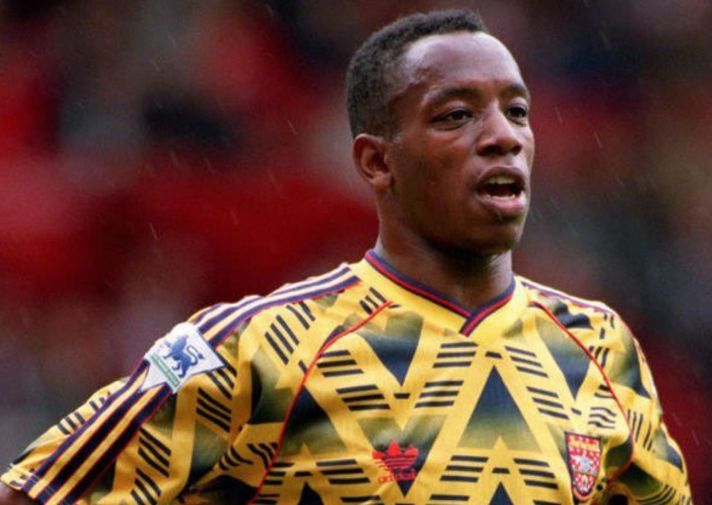
- 1990s: Arsenal’s kits embraced modern design trends — sleeker cuts, more elaborate patterns, and a variety of away and third kits. Notable was the 1993–94 away “blue lightning” kit. Adidas and later Nike brought in innovative designs that symbolized Arsenal’s growing international brand.
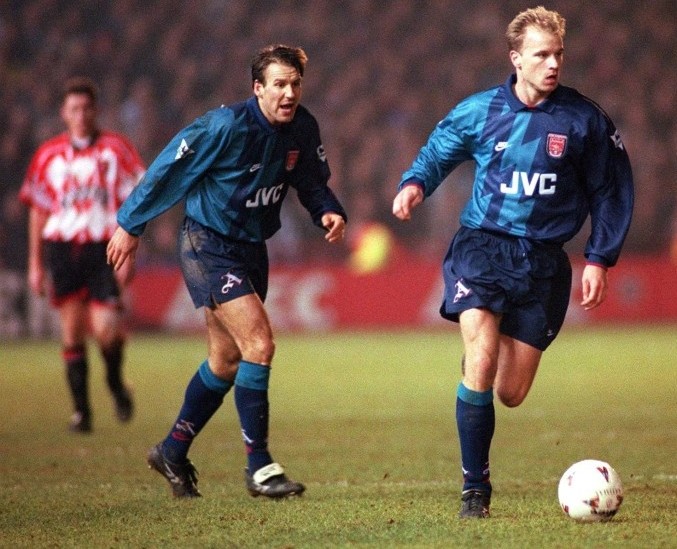
- 2000s: The club’s partnership with Nike continued, culminating in stylish kits worn by the legendary Invincibles of the 2003–04 season. To mark their final season at Highbury in 2005–06, Arsenal wore a special maroon home kit — a respectful nod to their original colors in 1886.
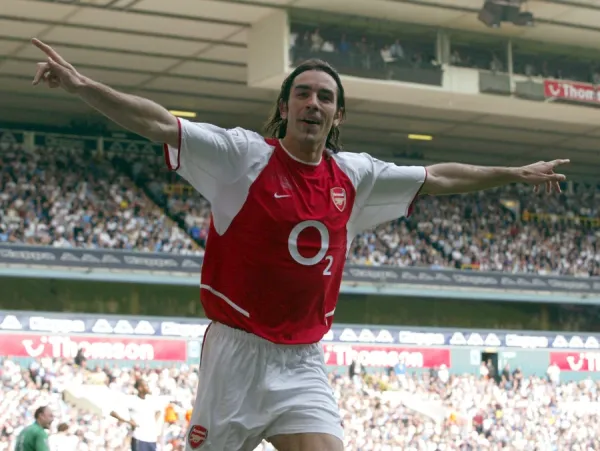
- 2010s to Today: Arsenal signed a mega-deal with Puma in 2014, bringing bold new designs. Since 2019, Adidas has returned as the kit supplier, blending retro inspiration with modern performance. Kits like the 2019 “Bruised Banana” reboot and the sleek 2022–23 home shirt have been fan favorites.
The Symbolism Behind the Kits
Arsenal’s kits have always represented more than just fashion — they reflect the club’s philosophy: classic yet progressive, traditional yet innovative. Each iteration captures the hopes, the heritage, and the ambition of one of England’s proudest clubs.
Today, Arsenal’s jerseys continue to be global best-sellers, worn by generations of Gunners who connect with the legacy, the beauty, and the dreams sewn into every stitch.

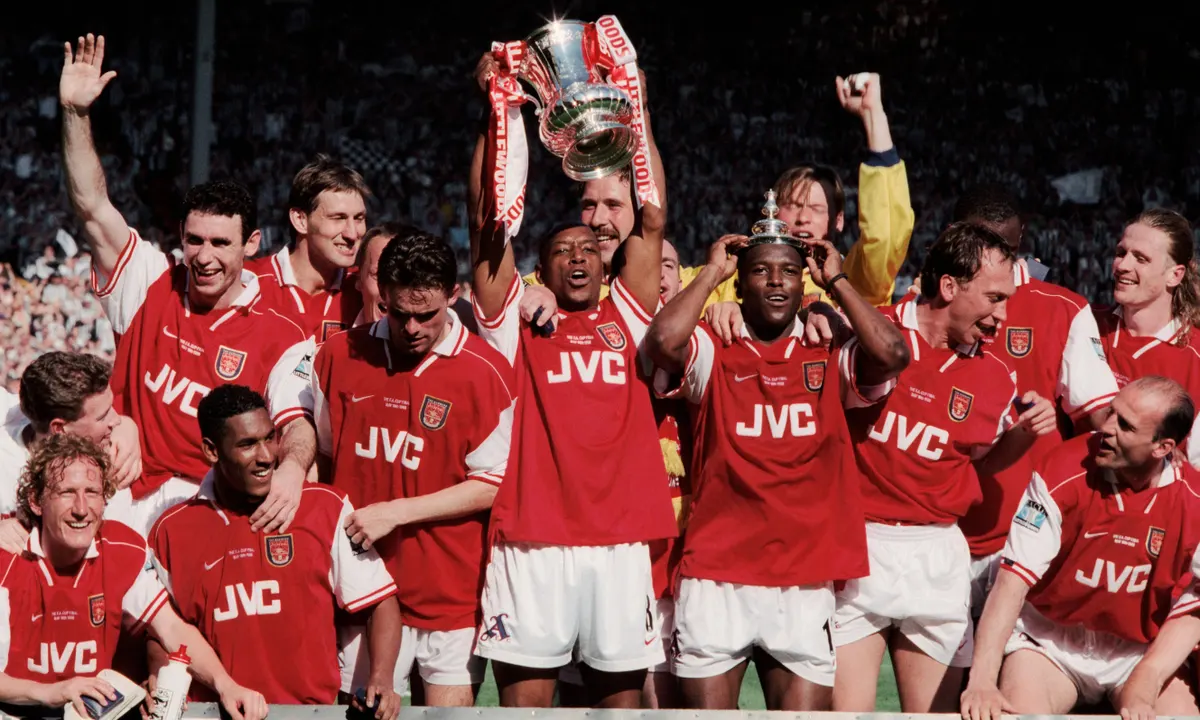
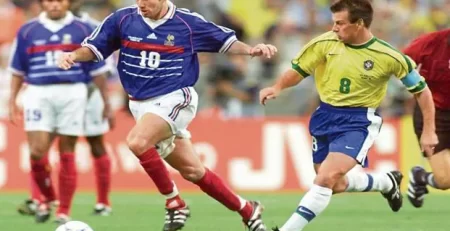
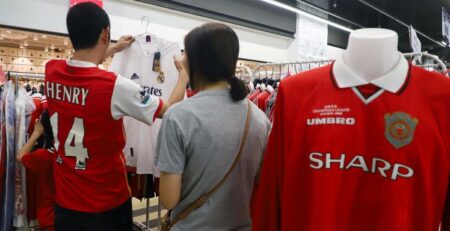

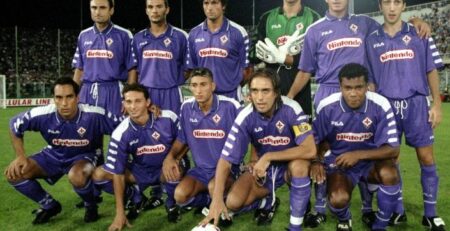
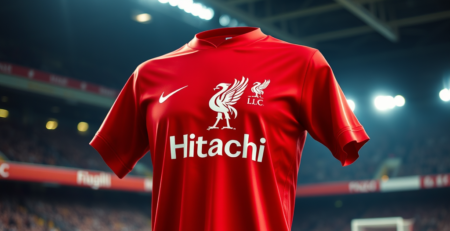
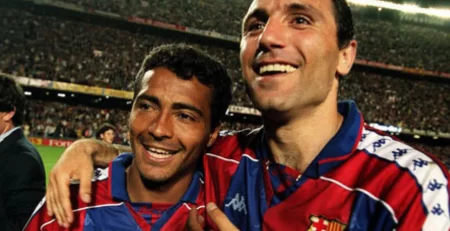
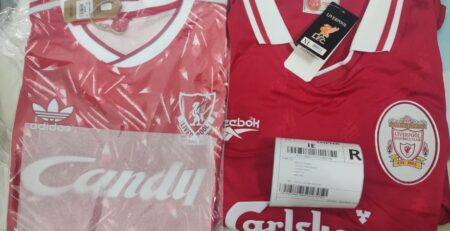
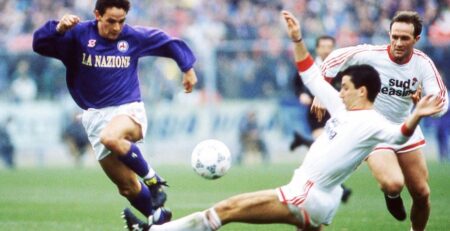
Leave a Reply